At TROTOAR in Zagreb, Croatian painter Martina Grlić presents Saccharine Idyll, a solo exhibition that peels back the sweet veneer of nostalgia to reveal its disquieting undercurrents. Known for her evocative figurative style, Grlić draws on private and collective archives—family albums, found photographs, and cultural imagery—to explore how memory, femininity, and ideology intertwine within visual culture. In this latest body of work, she offers a critical and ironic lens on the sentimental narratives that shape identity, particularly within post-socialist and gendered frameworks.
Born in Zagreb in 1982, Martina Grlić holds an MFA from the Academy of Fine Arts, Zagreb. Grlić’s paintings initially seduce with their softness: sfumato backgrounds, pastel palettes, and familiar domestic scenes that seem lifted from the mid-century imaginary. But as the title suggests, the idyll is saccharine—artificially sweet, and ultimately unsettling. A wedding dress, a child’s toy, a smiling woman: these motifs, repeated across canvases, do not reaffirm comfort but instead reveal the symbolic excesses of cultural conditioning. The artist presents memory as inherently distorted, and her paintings reflect this: they are not records, but constructions that lure the viewer with familiarity before shifting into a more unstable register.
The exhibition draws its conceptual backbone from literary sources, particularly the writings of Joan Didion, who questioned the scaffolding of narrative and the illusions it creates. Like Didion’s fragmented reflections, Grlić’s work operates through slippage—between sincerity and satire, beauty and critique. The surfaces may appear polished, but they carry within them the residue of unspoken cultural rituals, emotional labor, and the erasure that often accompanies idealized femininity. By isolating and magnifying details—glittering jewellery, floating ornaments, ornamental cherubs—Grlić exposes the performative nature of happiness and the aesthetics of belonging. Her imagery, tinged with irony, critiques not only the past but the mechanisms by which we continue to reproduce it. In doing so, Saccharine Idyll challenges the viewer to look beyond the sweetness, to consider what narratives we choose to preserve, and at what cost.
For more information, please visit TROTOAR’s website here.
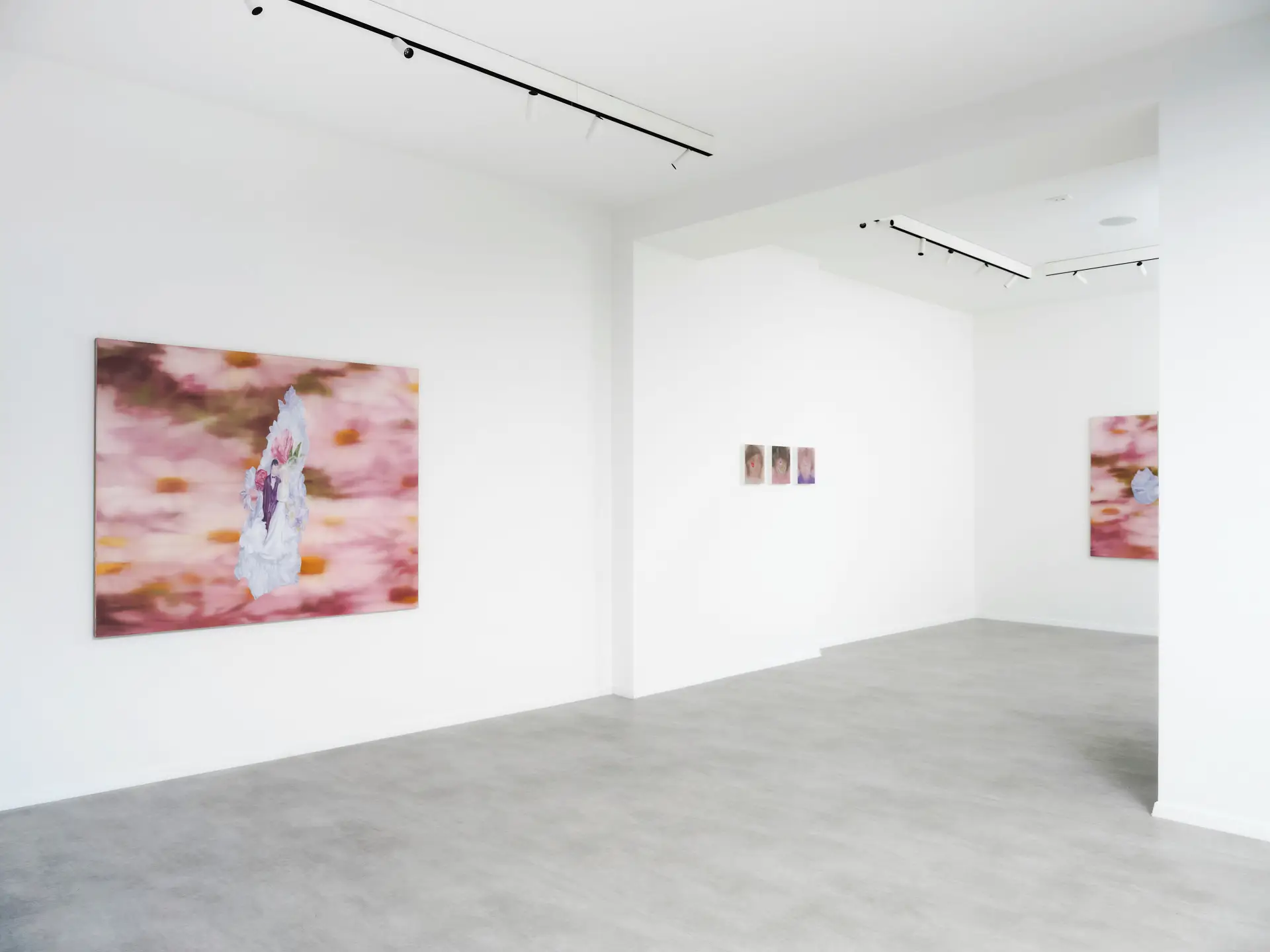
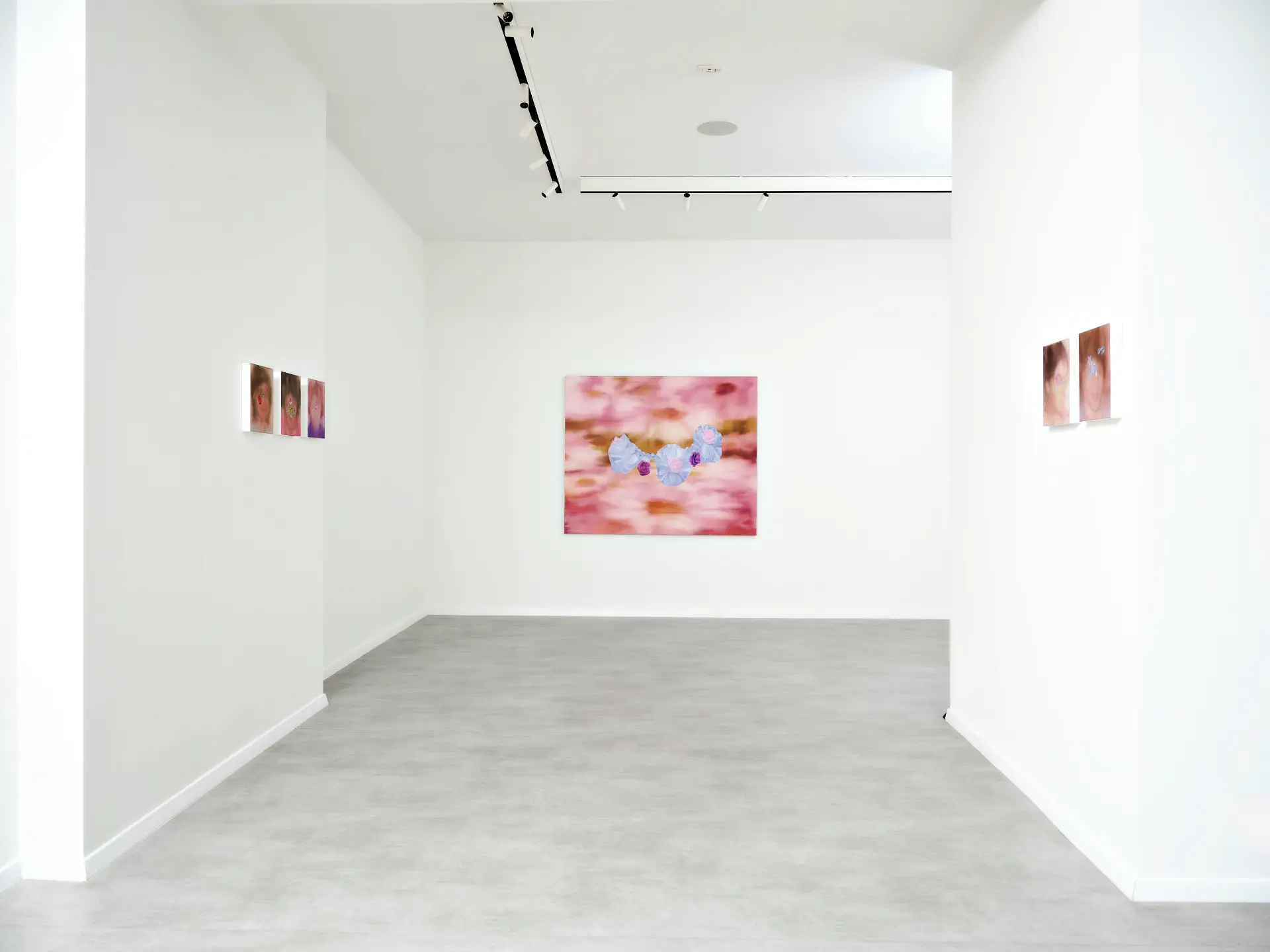
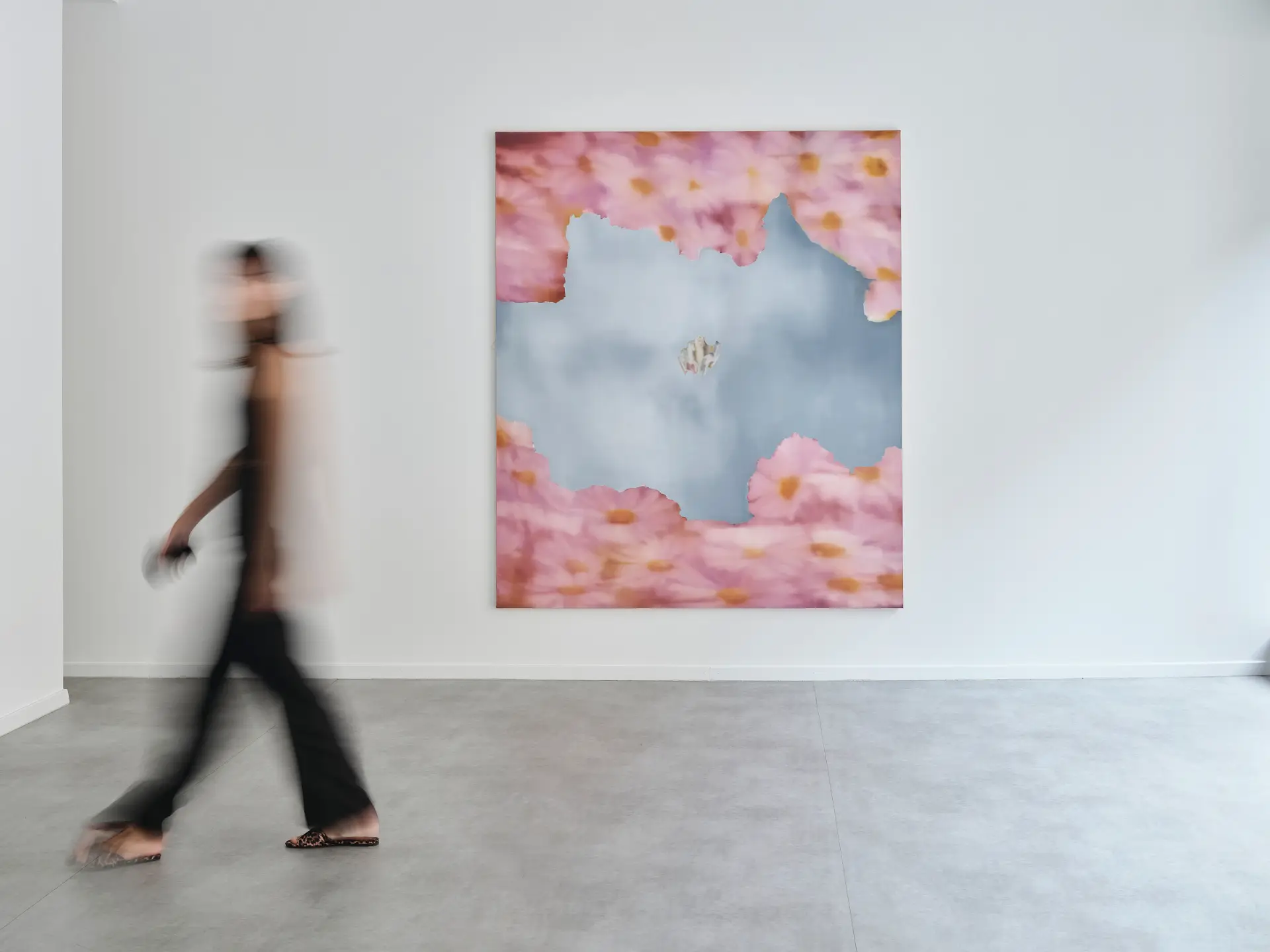
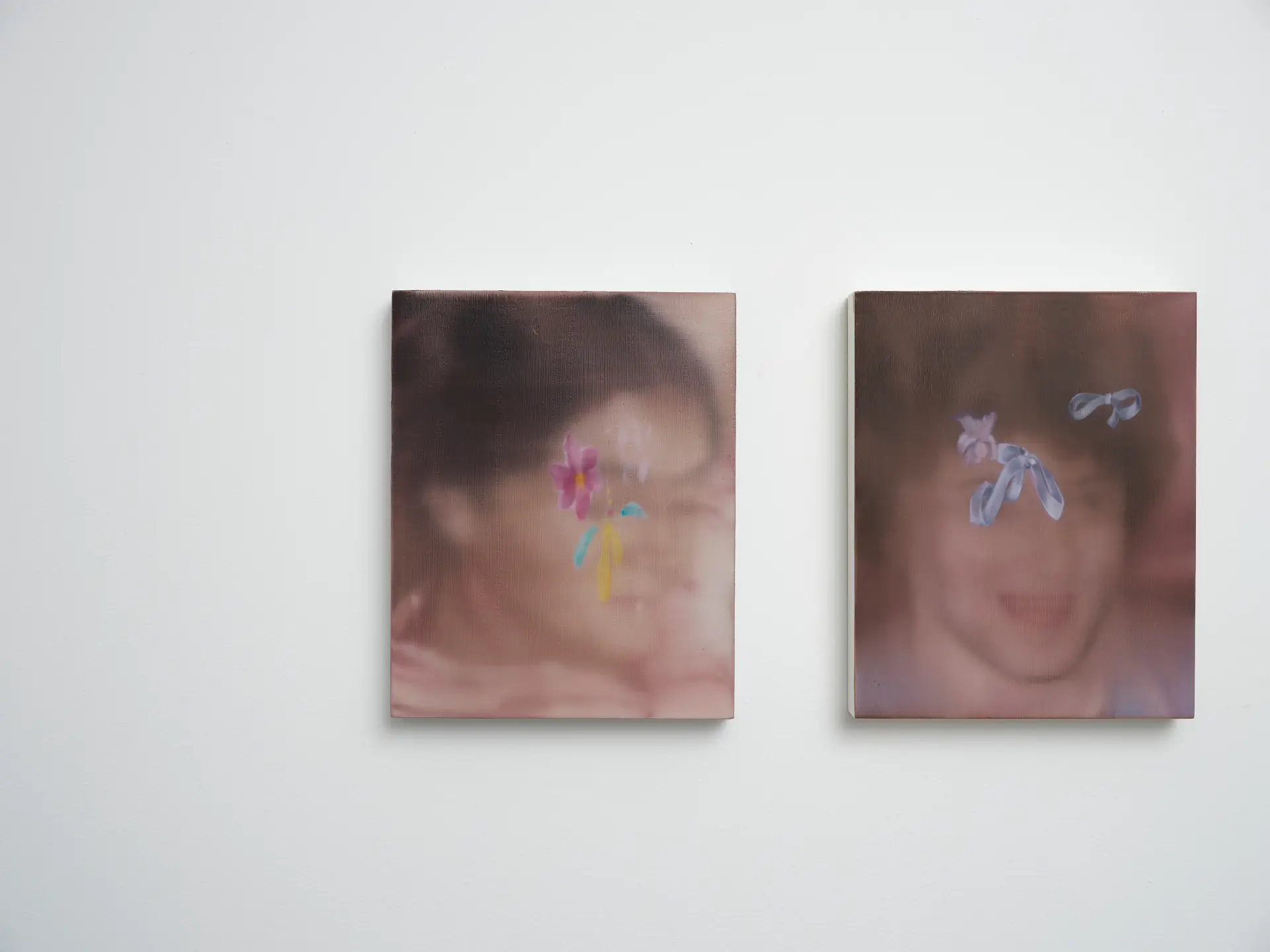
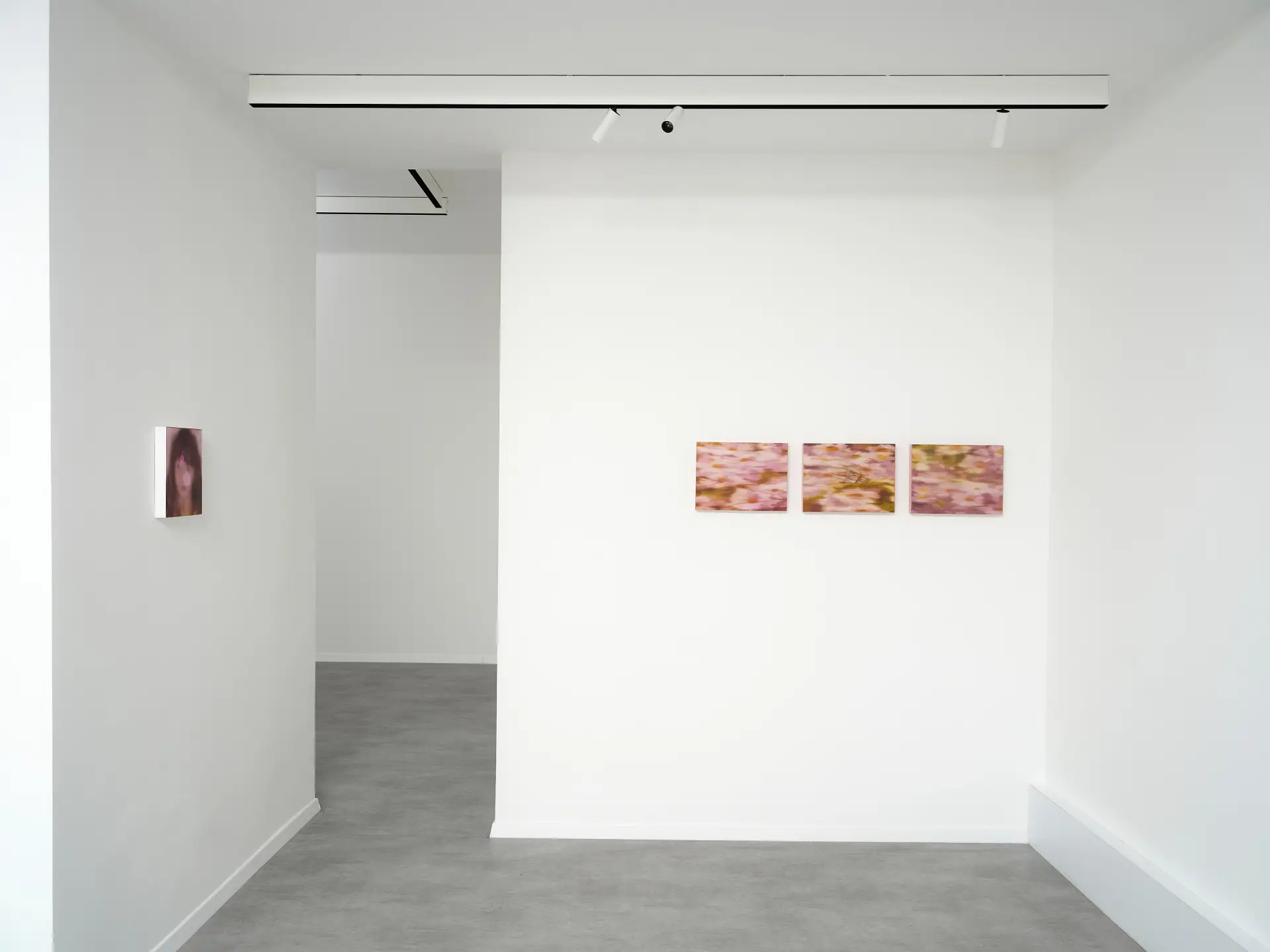
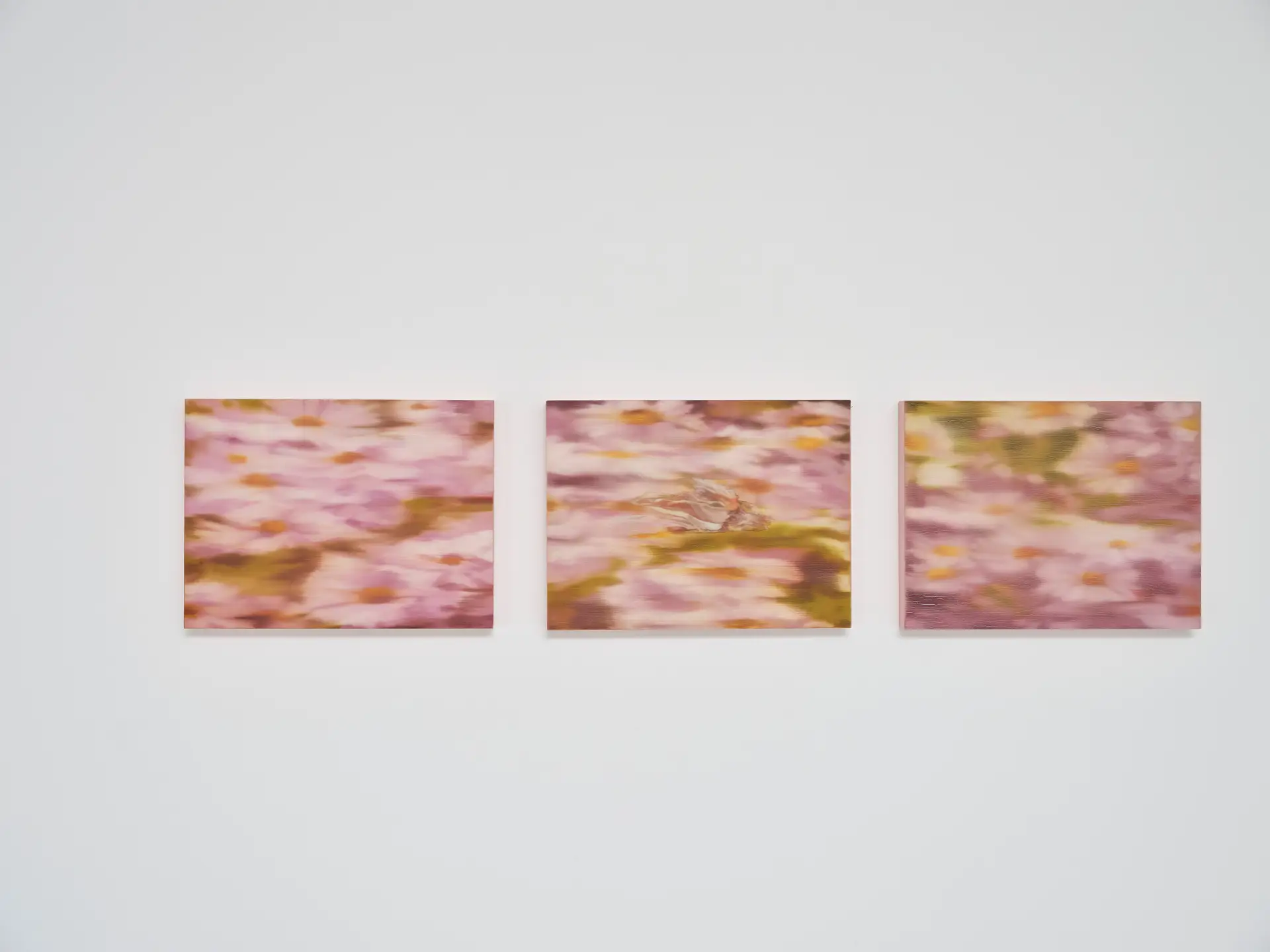
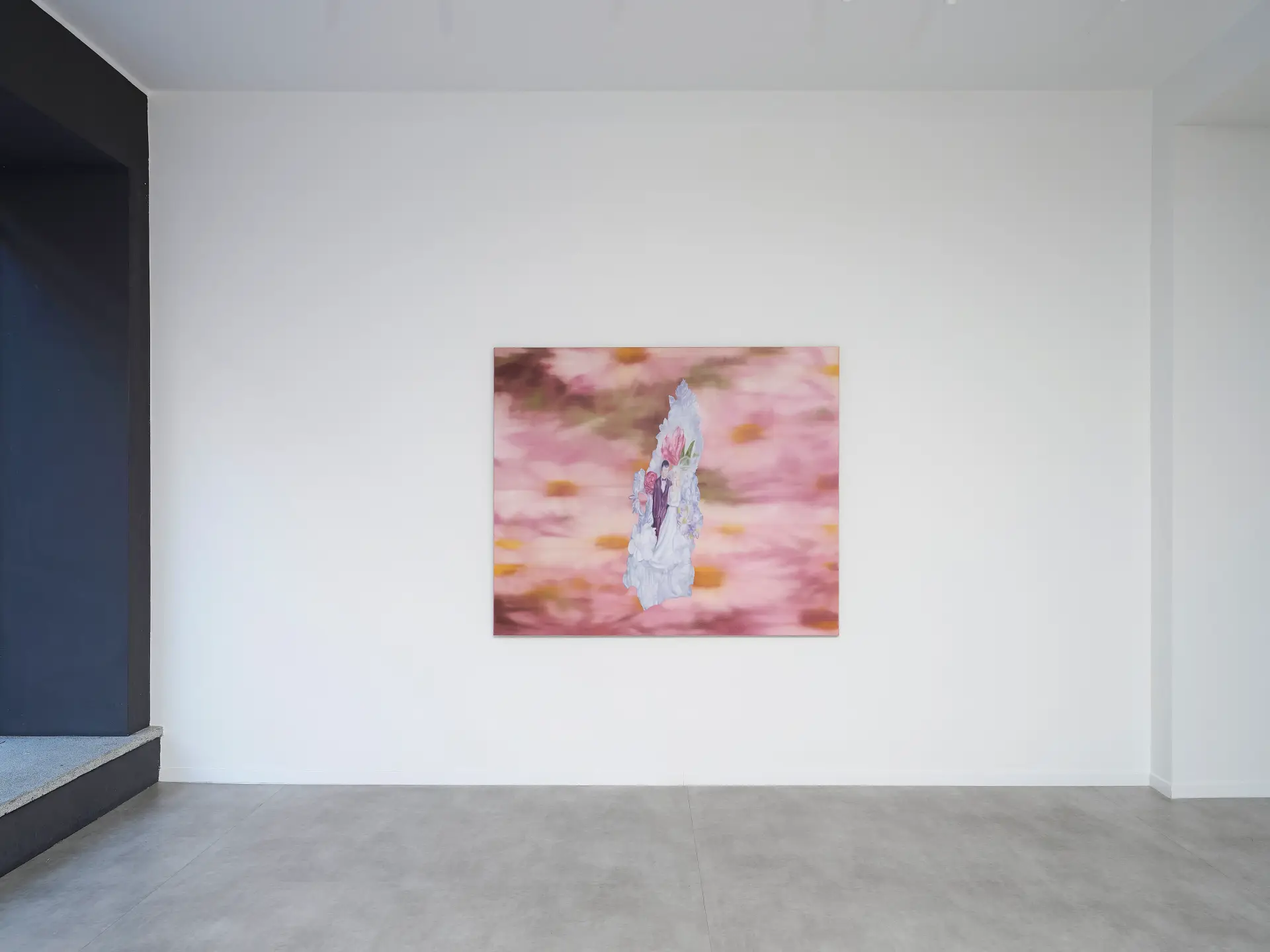
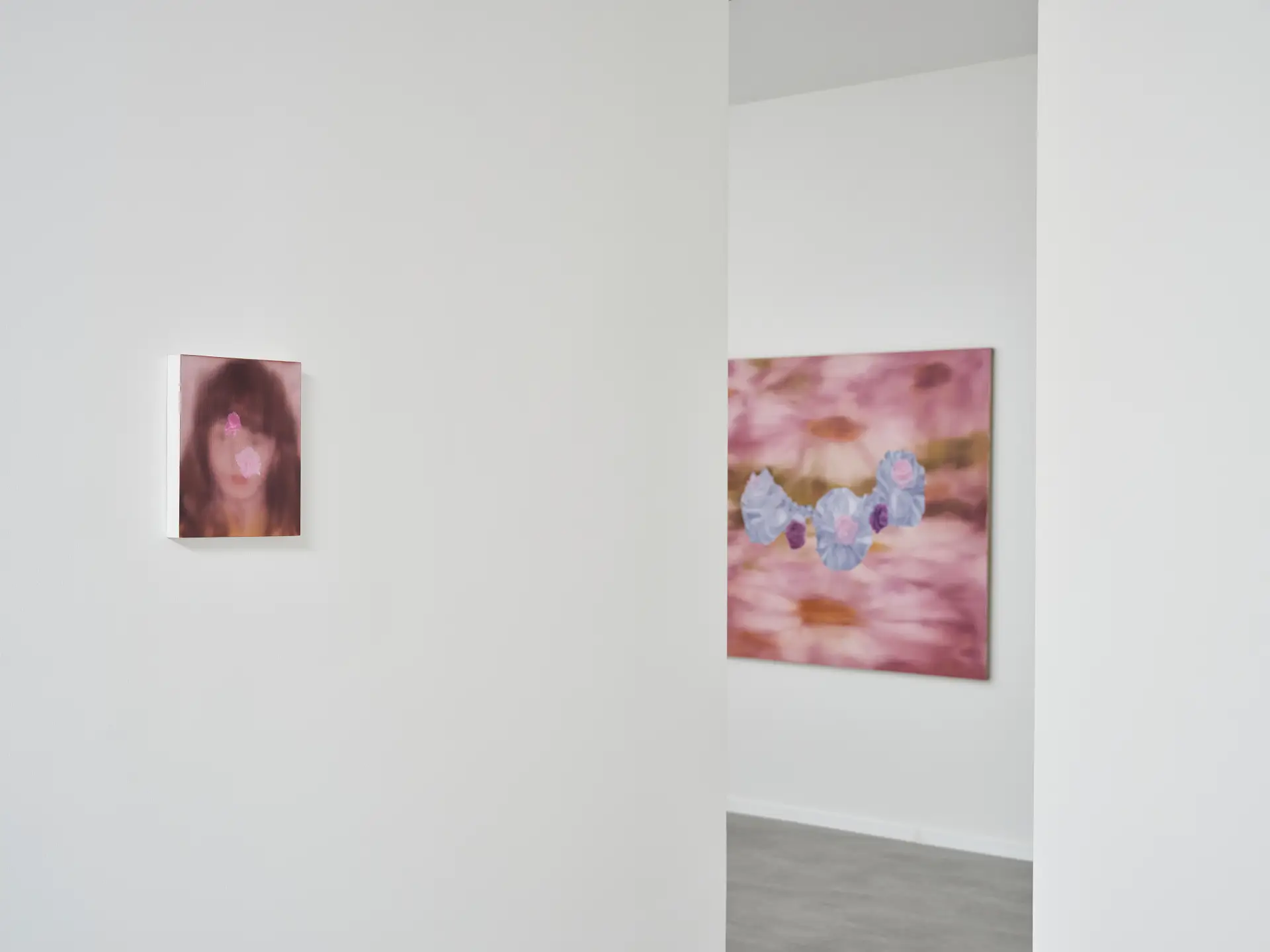
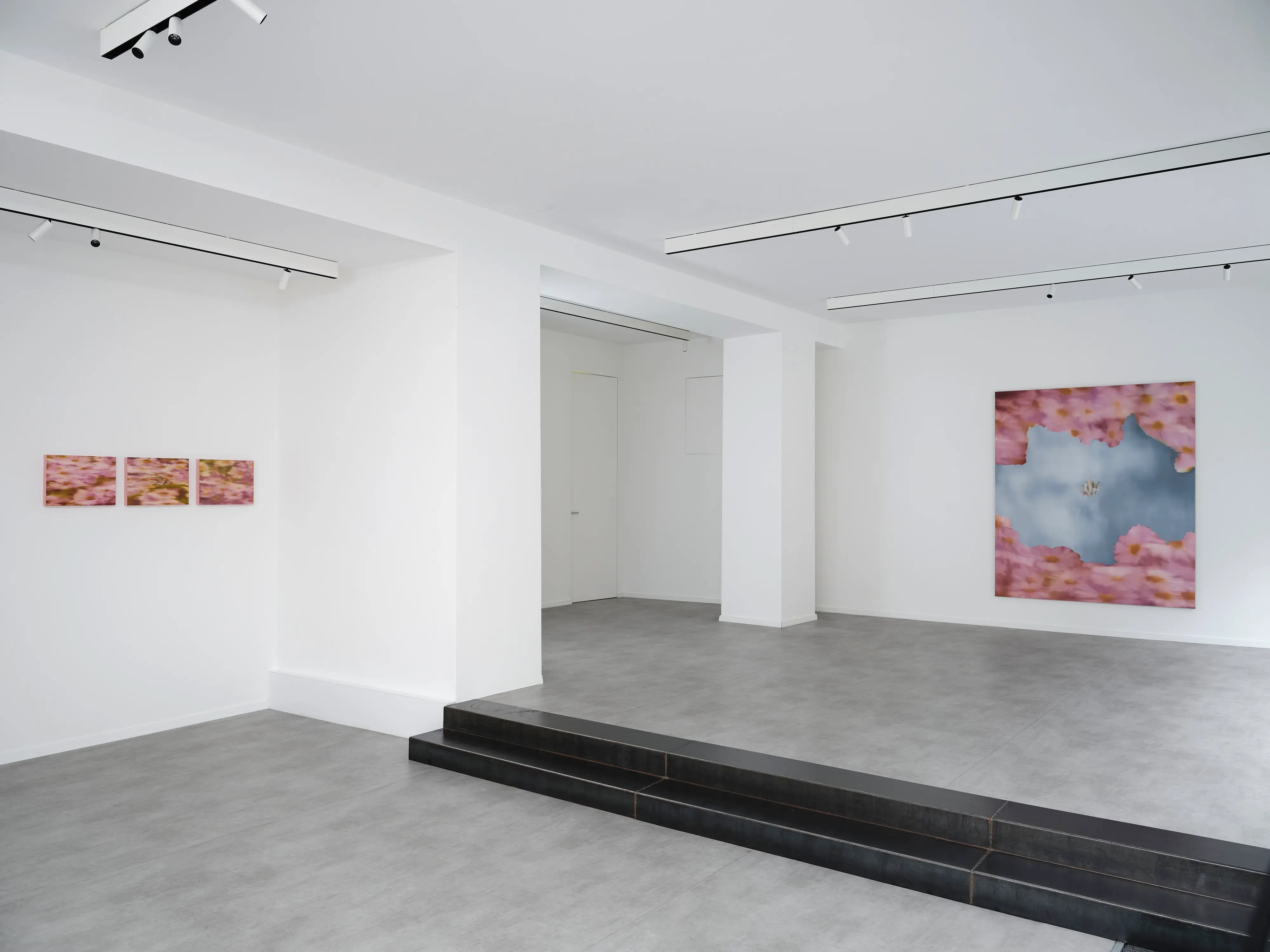
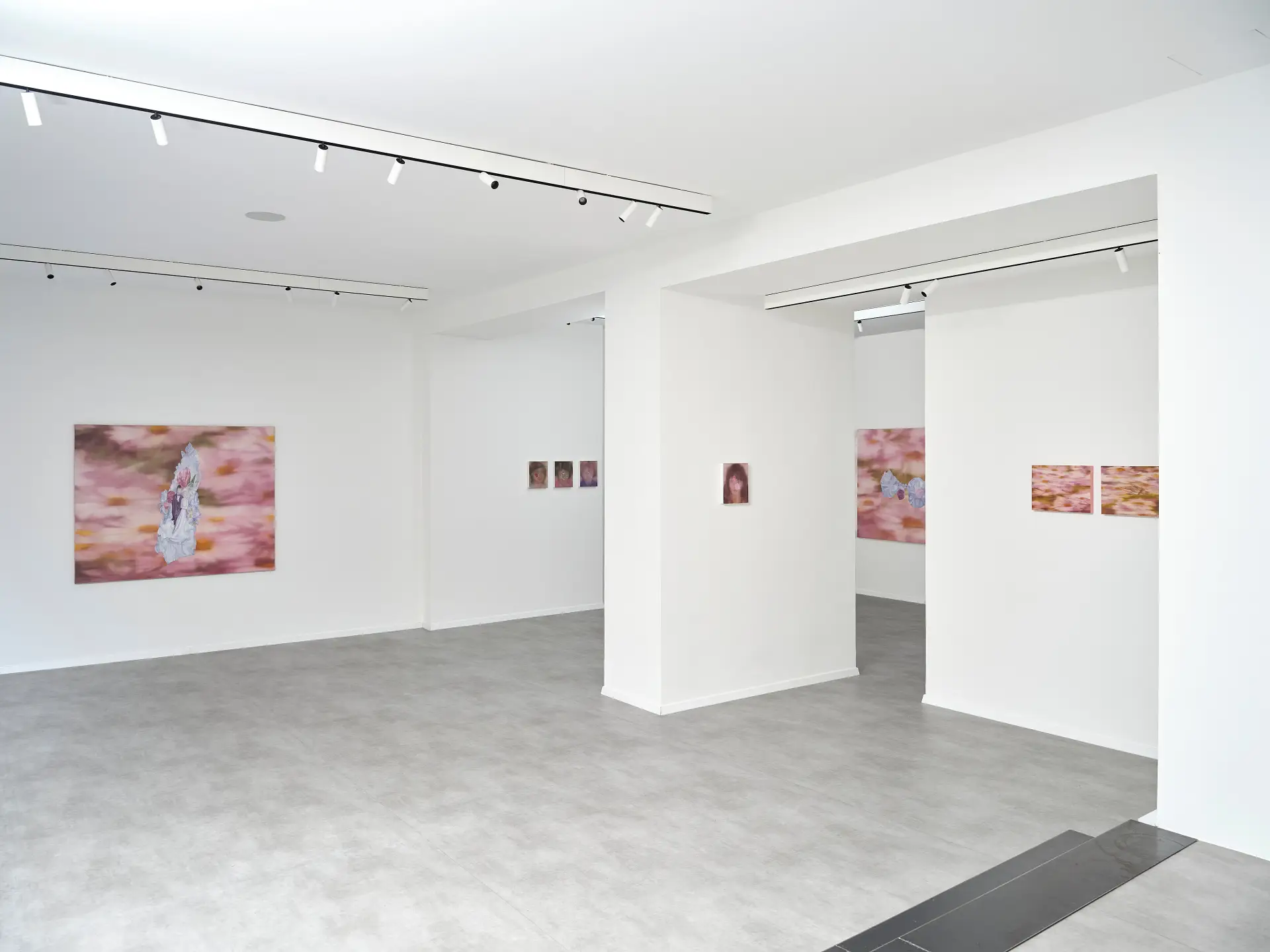
Last Updated on October 8, 2025
- Published on


